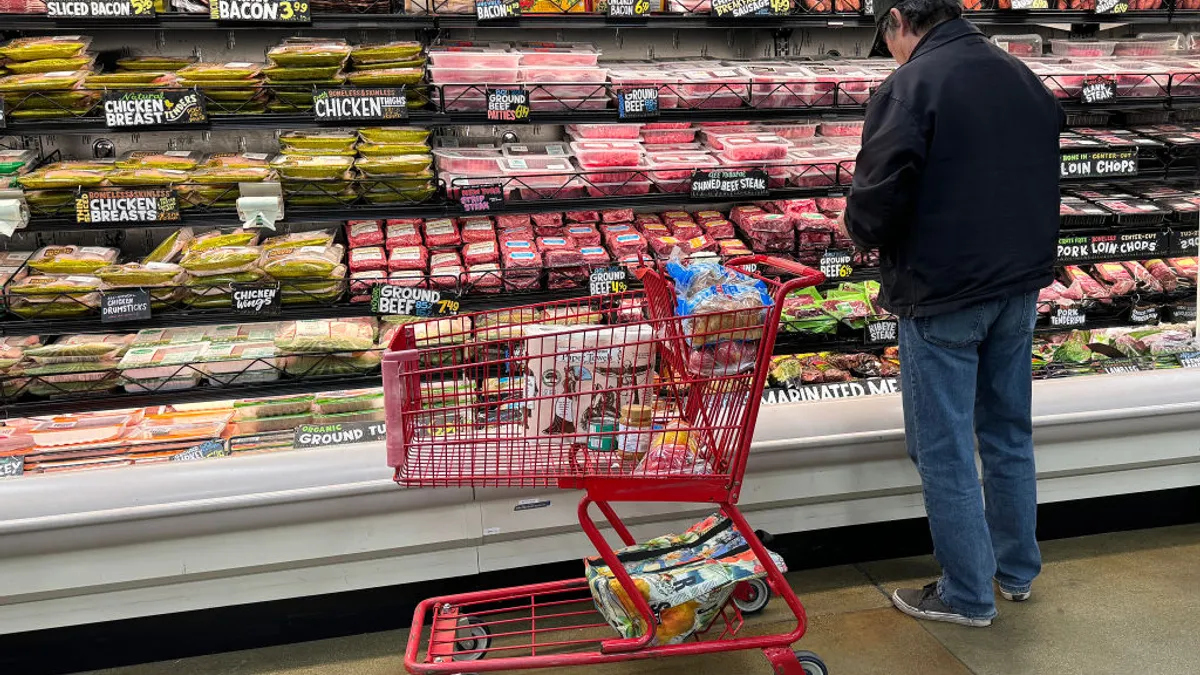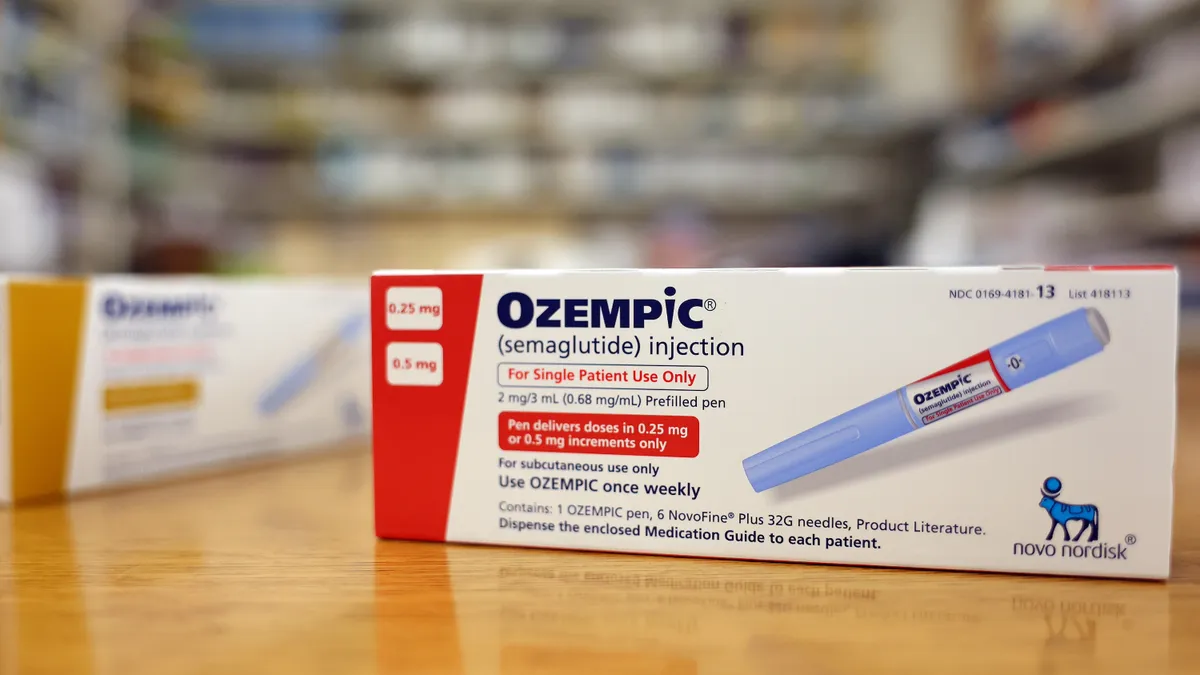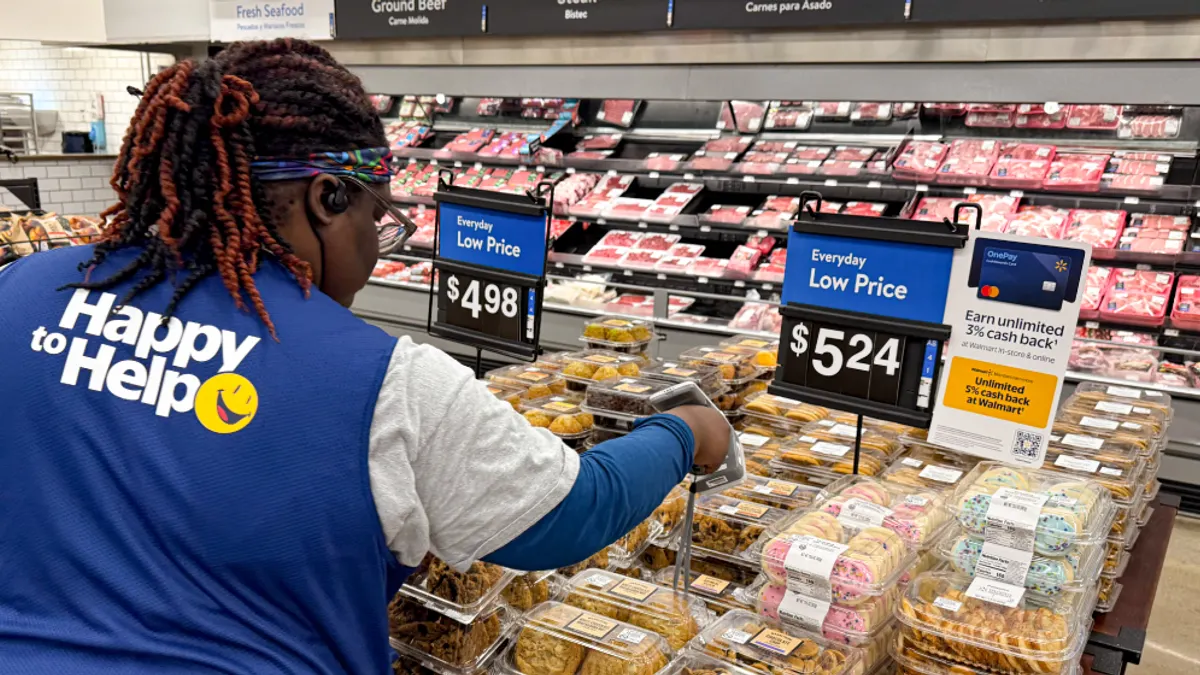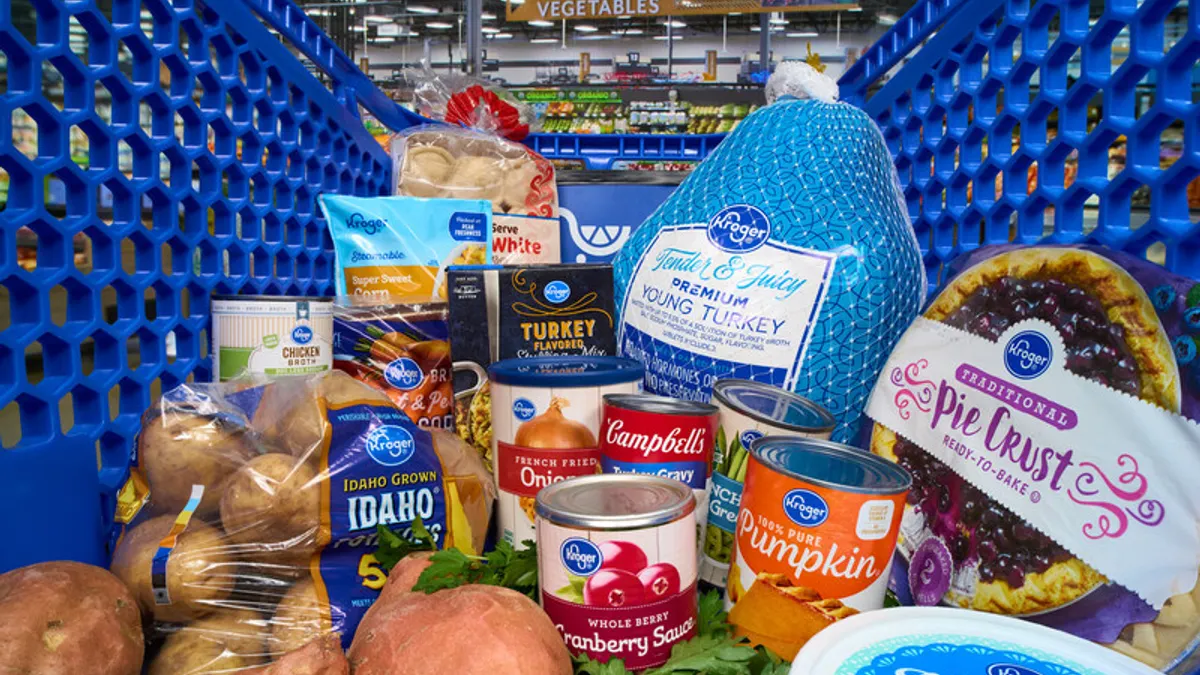Grocery retailers are used to competing with pet-focused outlets like PetSmart and Petco, but a new breed of online retailers pose a large and growing threat. As these competitors offer more services like same-day and even one-hour delivery, brick-and-mortar stores may find it increasingly difficult to compete on convenience as well as price.
Americans spent $72.56 billion on their pets last year, according to American Pet Products Association research, and that figure is projected to hit $75 billion this year. The number is on a steady year-over-year rise, increasing 63% since 2009 as shoppers think of Fido and Felix less like pets and more like family members.
Convenience is a key driver for pet consumers, and many have found online sellers to be an easy way to replenish regular supplies like food and medicine. Pet food sales reached $1 billion on Amazon.com alone last year, according to Edge by Ascential, representing a 20% increase compared to 2017. The digital retailer has even developed its own line of pet food called Wag.
Online retailers like Amazon also offer endless aisles and an auto-replenish feature that keeps customers stocked up.
"The big giants like Amazon and Chewy have really stirred the pot. Online retailers have unlimited shelf space," Maria Lange, client director at Nielsen, told Grocery Dive. "Chewy has so many different brands that you have to think of it as an endless store aisle."
Premium products get tails wagging
Roughly 37% of U.S. households own a dog and about 30% own a cat, according to the American Veterinary Medical Association. This figure is projected to increase as millennials wait longer to have families and opt for a furry, four-legged child as they struggle to purchase homes, pay down student loan debt or to make enough money to support starting a family.
In addition, pet owners are willing to spend more on their companions. Between 2007 and 2017, spending on pet food increased 36%, with premium brands driving growth.
To cash in on this uptick in spending, brick-and-mortar pet stores have upped their e-commerce game lately. Petco partnered with Instacart to offer its PetcoNow Delivery service and with Shipt to expand its same-day delivery options. Rival brand PetSmart launched a mobile-friendly website with same-day delivery, scheduled deliveries and subscriptions in 2016.
The war for pet product market share hasn’t gone to the digital dogs just yet, though. High-end or exclusive pet brands that used to be focused on specialty pet stores are now setting their sights on mainstream channels in order to capture more growth, Pet Business Magazine’s Mark Kalaygian told Grocery Dive. Last year, General Mills bought Blue Buffalo Pet Products for $8 billion and now offers the product in mainstream grocery channels, he noted.
Although premium pet brands already offer online sales, consumers may prefer to see or investigate products before purchasing, Kalaygian said. Or they may not have the time to wait for an online order to arrive. Seeing a pet product display in-store may also remind the consumer that they need certain items or entice them to try a new product.
"What happens is that a brand starts out in the specialty pet market and in order to continue its growth it starts to look outside of these channels to grocery and mass," Kalaygian says.
Grocers have been making more room on store shelves to accommodate new brands that offer the specific qualities grain-free, natural and other clean label claims, Lange points out. Consumers are already in the store to pick grocery and household products. Being able to check pet food off their lists in the same trip appeals to consumers’ preference for convenience and a streamlined shopping experience.
"Five or six years ago you would not find a grain-free pet food product in the grocery store, but today you can," Lange added. "A lot of grocery stores have even added a refrigerated pet food section so that they can offer fresh pet food instead of just dry dog food."
“The only way to compete with the growing online landscape for pet products is through services because that’s something that online channels cannot offer."

Maria Lange
Client director, Nielsen
To fetch more sales, services are key
And while online retailers may offer a customizable shopping experience, overwhelming selections and the convenience of doorstep delivery, brick-and-mortar retailers still have a potent weapon in their arsenal.
"The only way to compete with the growing online landscape for pet products is through services because that’s something that online channels cannot offer," Lange said. "So, we are seeing a lot of retailers using services to get the customer in the store, which encourages them to pick up the pet products they need while they are there," Lange says.
Walmart recently announced plans to expand to 100 in-store veterinary clinics starting in the Dallas-Fort Worth area. It also launched an online pet pharmacy, and has expanded its online pet product offerings to include more organic and grain-free food options.
For shoppers who tend to take their pets everywhere, stopping at the store is usually off limits. QFC partnered with DogSpot to add app-connected dog houses that are lockable, self-sanitizing, camera-equipped and climate controlled at eight of its Seattle store locations.
Stop & Shop is also exploring a 12-week pilot with DogSpot dog houses, but the Long Island-based trial has been postponed, a Stop & Shop spokesperson told Grocery Dive.
Target has also increased its pet product offerings, including a TargetPet Box that offers a sample of treats, food, and more for dogs or cats. In 2017, Target began offering products from pet retailers like Bark (the maker of BarkBox), Wit & Delight and premium brands like Blue Buffalo.
"Almost 70% of our guests have pets at home," Christina Hennington, senior vice president of essentials and beauty, wrote in a blog post describing Target’s pet offerings. "So we saw an opportunity to become their ultimate pets destination by offering new and exclusive pet brands they can only find at Target, alongside everyday must-haves they need."
In addition, retailers like Target and Walmart are promoting educational resources online, including new pet checklists, to help owners out.
In the Twin Cities, upscale grocer Lunds & Byerlys has a store-within-a-store pet market called the Bone Marché that's in six locations of the company's 27 locations. The market offers in-demand specialty products, including raw, grain-free and refrigerated selections. The company's St. Louis Park location has a standalone Bone Marché adjacent to it that features special events in addition to a wide selection of products.
In May, the St. Louis Park Bone Marché hosted a four-hour "Pet Extravaganza" complete with samples, sales and a chance to meet with local suppliers.
"The smaller the retailer, the more creative they are usually," explains Lange. "I have seen some stores with outdoor space offer dog pools during the summer or a garden area where pets can play, and the owners can socialize. That’s not something you can get online."
Correction: A previous version of this story misspelled the name of Nielsen client director Maria Lange.
















